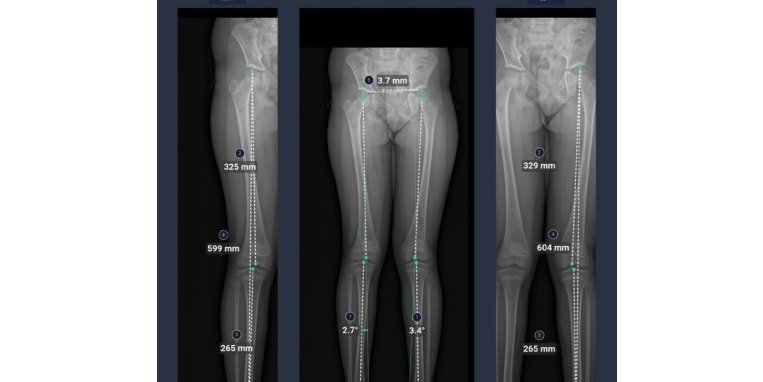
Company: GLEAMER Product: BoneView
Added value of artificial intelligence for the detection of pelvic and hip fractures
Japanese Journal of Radiology, 2025
Abstract
Purpose
To assess the added value of artificial intelligence (AI) for radiologists and emergency physicians in the radiographic detection of pelvic fractures.
Materials & methods
In this retrospective study, one junior radiologist reviewed 940 X-rays of patients admitted to emergency for a fall with suspicion of pelvic fracture between March 2020 and June 2021. The radiologist analyzed the X-rays alone and then using an AI system (BoneView). In a random sample of 100 exams, the same procedure was repeated alongside five other readers (three radiologists and two emergency physicians with 3-30 years of experience). The reference diagnosis was based on the patient's full set of medical imaging exams and medical records in the months following emergency admission.
Results
A total of 633 confirmed pelvic fractures (64.8% from hip and 35.2% from pelvic ring) in 940 patients and 68 pelvic fractures (60% from hip and 40% from pelvic ring) in the 100-patient sample were included. In the whole dataset, the junior radiologist achieved a significant sensitivity improvement with AI assistance (Se-PELVIC = 77.25% to 83.73%; p < 0.001, Se-HIP 93.24 to 96.49%; p < 0.001 and Se-PELVIC RING 54.60% to 64.50%; p < 0.001). However, there was a significant decrease in specificity with AI assistance (Spe-PELVIC = 95.24% to 93.25%; p = 0.005 and Spe-HIP = 98.30% to 96.90%; p = 0.005). In the 100-patient sample, the two emergency physicians obtained an improvement in fracture detection sensitivity across the pelvic area + 14.70% (p = 0.0011) and + 10.29% (p < 0.007) respectively without a significant decrease in specificity. For hip fractures, E1's sensitivity increased from 59.46% to 70.27% (p = 0.04), and E2's sensitivity increased from 78.38% to 86.49% (p = 0.08). For pelvic ring fractures, E1's sensitivity increased from 12.90% to 32.26% (p = 0.012), and E2's sensitivity increased from 19.35% to 32.26% (p = 0.043).
Conclusion
AI improved the diagnostic performance for emergency physicians and radiologists with limited experience in pelvic fracture screening.
Read full study